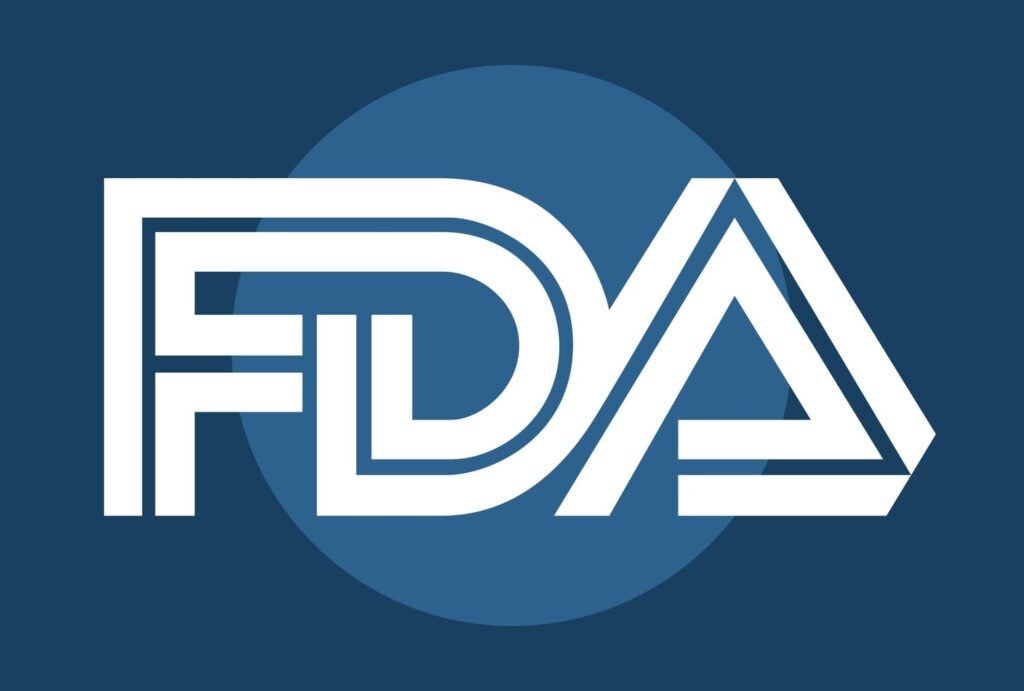As the FDA introduces Elsa, an internal AI tool to streamline regulatory tasks and improve the agency’s ability to identify and respond to food safety risks more quickly, questions are arising about the role of AI in the food system. While Elsa will not engage with consumers or write labels, its behind-the-scenes role could have a significant impact on how food safety risks are identified and how quickly the FDA responds to issues.
The introduction of Elsa comes at a time when consumer concern about AI in food is on the rise. A recent survey found that 83% of consumers want companies to disclose when AI is used in the development or production of food, and nearly two-thirds believe that AI-assisted products should not be labeled as “natural.” This growing discomfort with invisible tech shaping the food we eat raises important questions about transparency and consumer trust.
While Elsa is not involved in food product development or label writing, its role in helping FDA staff analyze safety data, identify labeling inconsistencies, and prioritize inspections could impact how quickly important information is shared with the public when a food safety issue arises. By helping FDA staff scan safety reports and identify high-risk trends more quickly, Elsa has the potential to shorten the timeline for issuing recalls and alerting consumers to potential risks.
However, there are also concerns about Elsa’s accuracy with large data sets and the need for human oversight. Some FDA staff have raised questions about the tool’s reliability and the importance of maintaining human decision-making in the regulatory process. Despite these concerns, the deployment of Elsa represents a significant shift in how food safety decisions are made, with AI now playing a key role in the regulatory process.
As Elsa continues to be rolled out, the questions it raises about transparency, trust, and the future of food labeling are becoming increasingly important. While Elsa remains behind the scenes for now, its introduction highlights the growing influence of AI in the food system and the need for careful consideration of how this technology is used and communicated to consumers. The future of food safety regulation may be increasingly shaped by AI, but the question of how to balance the benefits of this technology with the need for transparency and consumer trust remains unanswered.


